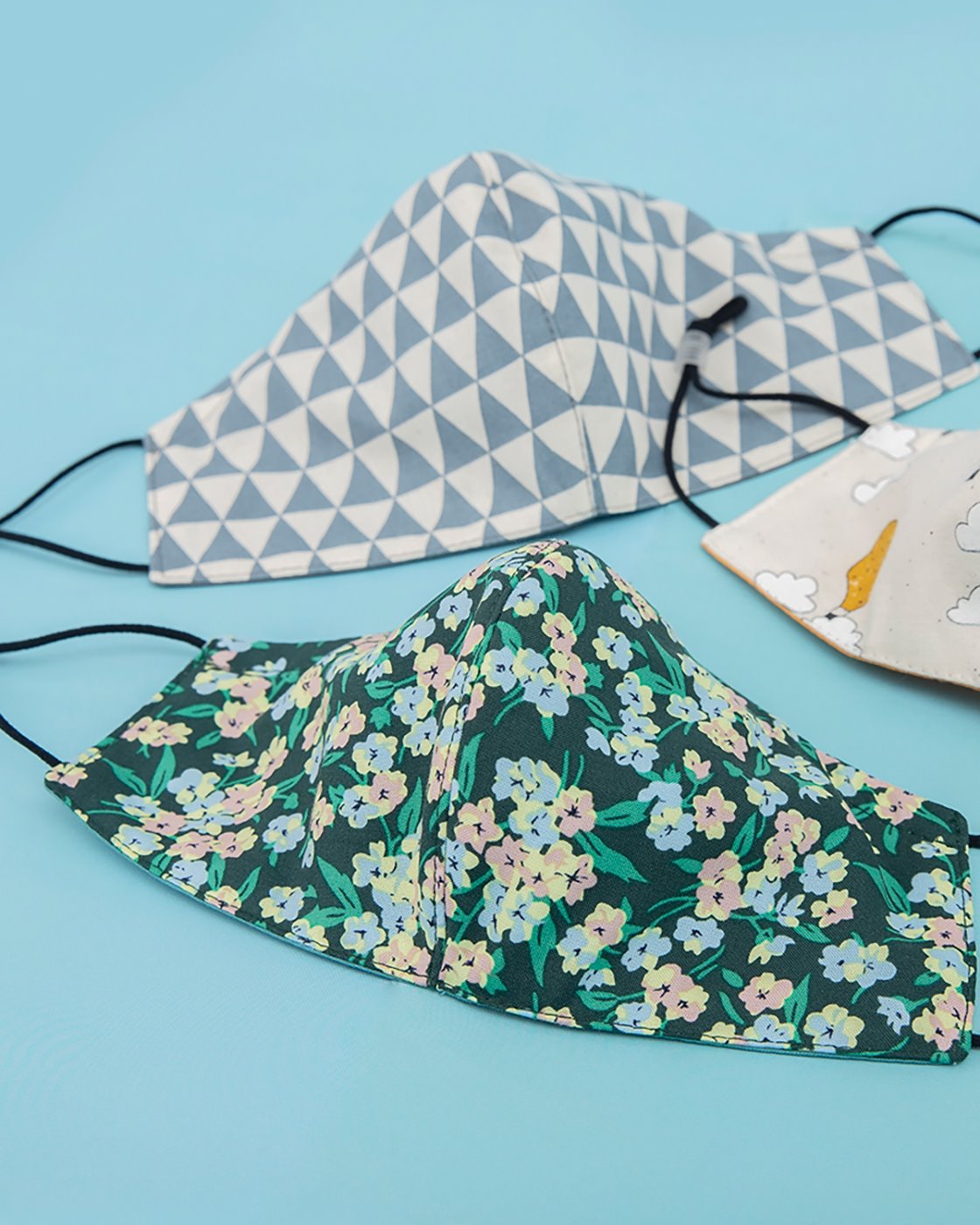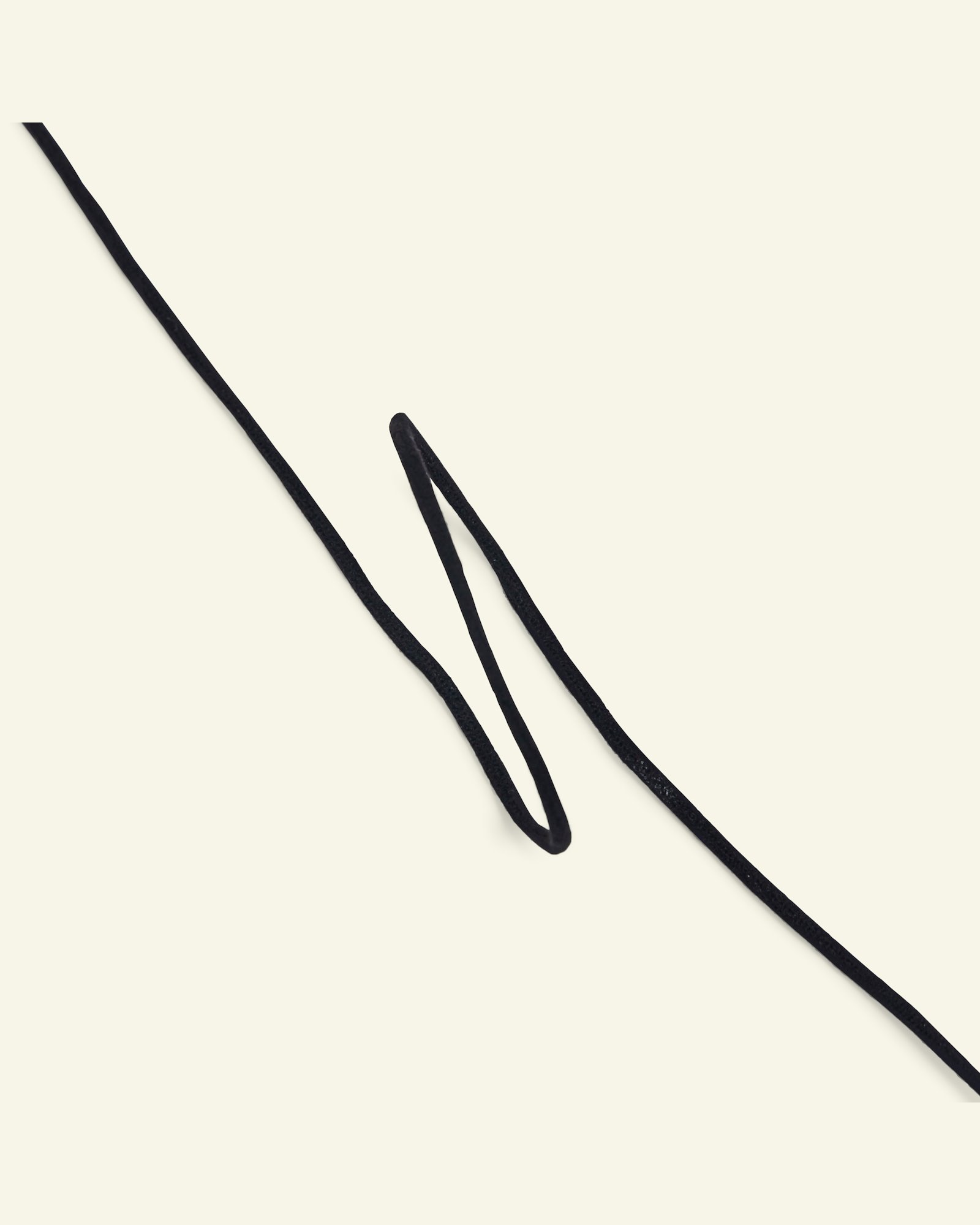
1.NB: Textile is not a material, suitable for professional face masks. A textile face mask should as a minimum consist of multiple layers of tightly woven fabrics, washable by 60 degrees. In addition, your face mask should be supplied with elastics and have a close fit. The face mask cannot be a substitution for the existing recommendations for protection against spread of infectious disease from the National Health Service but must be considered a supplement. Always keep an eye on the website of the National Health Service and the Government’s website. www.nhs.uk/conditions/coronavirus-covid-19/ www.gov.uk/coronavirus 2.Face mask: Cut fabric pieces. Using the template, cut 2 pieces of fabric for the front and 2 for the backing. Cut 2 pieces in interfacing. Cut 2 pieces of elastic: sizes XS+S 22 cm - size M 24 cm - size L 26 cm Sew the interlining to the wrong side of the front pieces (0.5 cm seam allowance). Then sew these two parts together at the centre (1 cm seam allowance). Trim seam allowance to 0.5 cm. Press seam to the left and topstitch along the edge. Sew the elastic loops to the side. Insert the end of the elastic at the notch (Fig.1). Sew backing pieces together at the centre (1 cm seam allowance). Trim seam allowance to 0.5 cm. Press seam to the left and topstitch along the edge. 3.Place the front and back mask pieces together, right sides facing: Sew the top edge (1 cm seam allowance). Align notches and seam lines. Stitch again 0.5 cm from the edge. Sew between the notches (Fig. 2). Insert the nose bar between the two lines of stitching. Close the casing with a few stitches on each side of the nose bar. Sew sides and lower edge (1 cm seam allowance). Leave gap at the bottom edge for turning. Mitre the corners (Fig. 3). Turn the mask to the right side. Press. Topstitch 1 cm from the top edge. Topstitch along the sides and bottom edge. Pull a regulator onto the elastic and tie a knot at the end.






